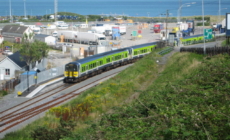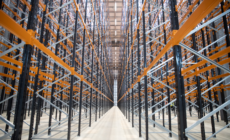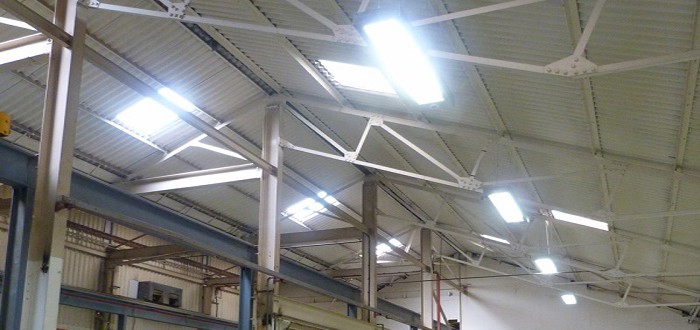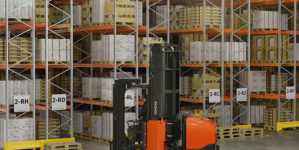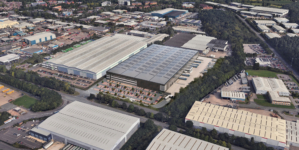-
ROSSLARE EUROPORT TARGETS HEALTH & SAFETY WITH CAMERA TELEMATICS PARTNERSHIP - 2 days ago
-
Landmark Study Reveals Wearable Robotics Significantly Boost Safety and Efficiency in Industrial Environments - July 24, 2024
-
Visku Tackle The Retail Seasonality Challenge One Pallet At A Time - July 22, 2024
-
KAMMAC AND BERGEN LOGISTICS STRENGTHEN FASHION & LIFESTYLE SERVICES IN THE UK - July 19, 2024
-
TENTBOX EXTENDS PARTNERSHIP WITH ARROWXL TO SUPPORT INCREASING DEMAND - July 17, 2024
-
The Perfume Shop improves customer journeys while driving profitability in partnership with Scurri - July 17, 2024
-
ZEROMISSION SECURES £2.3M ($3M) INVESTMENT TO ACCELERATE ELECTRIC FLEETS - July 16, 2024
-
BCMPA CELEBRATES SUCCESS OF 2024 CONFERENCE - July 15, 2024
-
Best of the Best: Jungheinrich Celebrates Triple International Award Win - July 12, 2024
-
GOPLASTICPALLETS.COM CALLS ON NEW CHANCELLOR RACHEL REEVES TO CONSIDER PLASTIC PACKAGING TAX REFORM - July 10, 2024
Warehouse operators can slash costs if they see the light.
When it comes to identifying new-build or old stock warehouse or distribution centre property to lease or buy outright, would-be occupiers must pay special attention to a unit’s lighting system if they want to ensure that their day-to-day operating costs will be minimised.
That’s the advice from Martin Needham, managing director of Leicestershire-based luminaire specialist, Ecolighting.
“The cost of energy is one of any warehouse operator’s biggest overheads, and inefficient lighting burns more energy than most things. So, it is surprising how few occupiers consider the energy consumption of a building’s lighting system when looking for a property,” he says.
“Occupiers, landlords and developers tend to focus their attention on other important factors such as a building’s proximity to the motorway network, its number of goods-in and out bays etc, but energy usage should really be top of the agenda,” he adds.
While there is no such thing as a ‘typical’ warehouse building, Martin Needham says that at most sites where outdated sodium luminaires are employed, lighting costs account for around 70 per cent of the building’s total annual energy bill.
However, he claims, switching to modern, low energy LED luminaires delivers an almost instant return on investment.
“The figures are very impressive. So impressive, in fact that some people are convinced that there must be a ‘catch’ when we demonstrate the savings they can me. There isn’t,” he says.
For example, Ecolighting recently supplied and installed energy saving light fittings within the warehouse and workshop of Glastonbury-based third party logistics specialist, Sparks Transport. Sparks’ yearly lighting bill went from £6116 to £937 – a saving of £5179 (83 per cent) in 12 months. The company’s annual CO2 emissions were slashed to: from 29,482 kg to 4,999 kg.
“I would strongly recommend that any company seeking new warehouse or distribution centre property asks questions about the building’s energy efficiency and in particular it’s lighting,” says Martin Needham.
“I would also advise any landlord that hopes to achieve the highest rental yield for an industrial property to ensure that the building is fitted with energy saving luminaires because going forward it will be something that is demanded by tenants.” www.ecolightinguk.com


